They kill without a sound.
Barn owls don’t hunt. They haunt. With faces shaped like satellite dishes and wings built for silence, they turn the night into a private buffet.
Their vision pierces the dark. Their hearing—almost supernatural—can track a heartbeat beneath leaves, snow, or soil. One mouse squeak, and it’s over.
These birds aren’t just good hunters. They’re terrifyingly efficient ones. Graceful, ghostly, and razor-focused, barn owls redefine what it means to be a predator—and once you know how they work, you’ll never look at the night sky the same way again.
Ready to meet nature’s quietest killer?
Silent Flight

In the stillness of the night, the barn owl moves like a phantom, its wings designed for silent flight. Evolution has gifted its feathers with fringed edges, breaking up turbulence and muffling sound. This silent approach allows it to surprise prey, an advantage honed over millennia. The soft, velvety texture of its feathers not only insulates but also absorbs sound, making the owl invisible to its prey’s ears. Silence in flight means an owl can listen to the faintest rustle, ensuring its hunting success. Truly, it’s a masterpiece of evolutionary engineering.
Exceptional Hearing
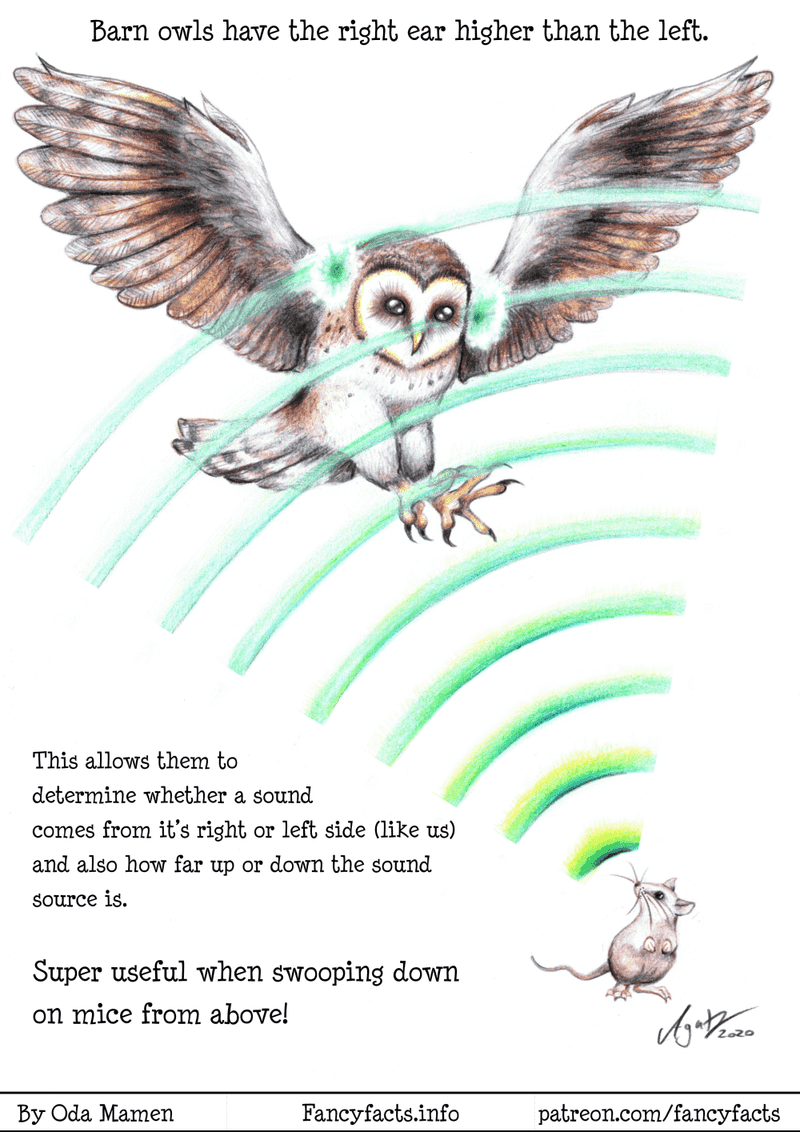
What the barn owl lacks in sight, it makes up for with astonishing hearing. Its ears, positioned at different heights, allow it to pinpoint the exact location of its prey. This asymmetry creates a three-dimensional map of sound, guiding the owl even in total darkness. The barn owl’s facial disc acts like a satellite dish, channeling sounds directly to its ears. This auditory prowess ensures it never misses a squeak or rustle. It’s a living sonar system, equipped to hunt without the need for sight. A marvel of nature’s design.
Keen Eyesight

Although primarily known for its hearing, the barn owl’s eyesight is nothing short of remarkable. With large, forward-facing eyes, it can detect subtle movements even in low light. Its vision is perfectly adapted for dusk and dawn when many of its prey are active. The owl’s eyes are fixed, requiring it to move its entire head, adding to its ghostly allure. This unique adaptation gives it a wide field of view, crucial for spotting prey from a distance. Its eyes are like finely-tuned instruments, capturing even the slightest flicker of movement.
Efficient Energy Utilization

The barn owl’s hunting efficiency is partly due to its ability to conserve energy. Its lightweight body and broad wings facilitate effortless gliding, reducing the need for constant flapping. By minimizing energy expenditure, the owl can hunt for extended periods without tiring. This efficiency is crucial during lean times when prey is scarce. Its metabolic rate is finely tuned to balance energy intake with expenditure, ensuring survival in various conditions. A barn owl’s flight is a study in energy conservation, allowing it to remain a relentless hunter, no matter the circumstances.
Adaptable Prey Selection

Versatility is a hallmark of the barn owl’s hunting strategy. It feeds on a diverse array of prey, from small mammals to insects and occasionally birds. This adaptability ensures its survival in different habitats and seasons. By not relying on a single food source, barn owls can thrive in various environments, from open fields to woodlands. This flexible diet also helps maintain ecological balance, as it controls the populations of multiple species. Its capacity to adapt its diet is a testament to its enduring presence in the natural world.
Stealthy Approach
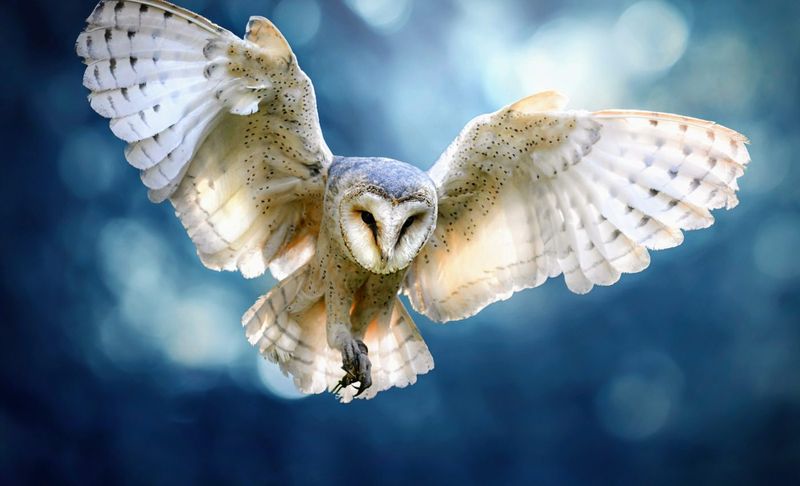
The barn owl’s approach is the epitome of stealth. With eyes fixed on its target, it glides in utter silence, undetectable until the final moment. Its muted colors blend seamlessly with the night, enhancing its ability to remain unseen. The owl’s approach is calculated, a dance of precision and patience. It waits for the perfect moment to strike, ensuring a swift and successful capture. This stealthy approach is a blend of instinct and learned behavior, refined over generations. It’s a masterclass in the art of the hunt, where patience meets perfection.
Acute Sense of Timing
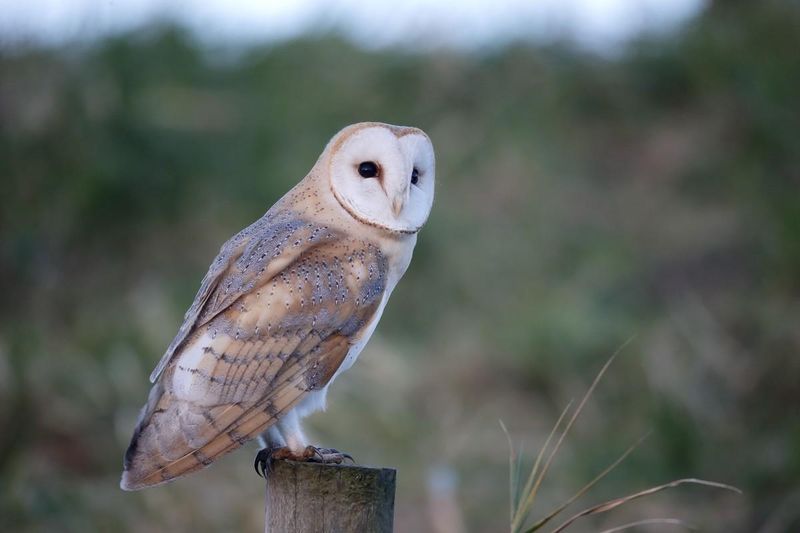
Timing is everything for the barn owl. Its ability to judge the exact moment to strike is a critical component of its hunting success. Whether swooping down on a mouse or waiting for the perfect moment to pounce, the owl’s instinct is finely tuned. This acute sense of timing is what separates successful hunters from the rest. It allows the owl to capitalize on the element of surprise, catching prey off guard. This instinctive timing, combined with its other senses, makes the barn owl a formidable night-time predator, feared by many a field mouse.
Wide Hunting Range
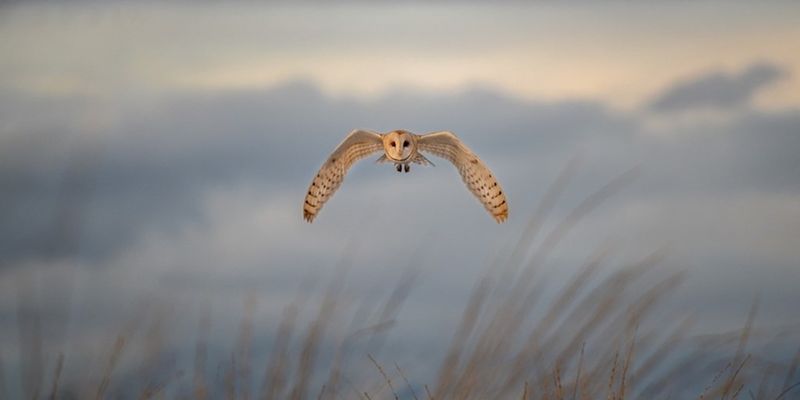
Barn owls are not confined to a single type of habitat, showcasing their adaptability in hunting grounds. These birds have a wide hunting range, traversing fields, forests, and even urban areas. This broad geographic reach allows them to access diverse prey and adapt to changing environments. Their ability to hunt in various landscapes is a testament to their resourcefulness and resilience. This flexibility in habitat selection ensures that barn owls can thrive in both natural and human-altered landscapes, making them one of the most versatile avian predators.
Impressive Agility
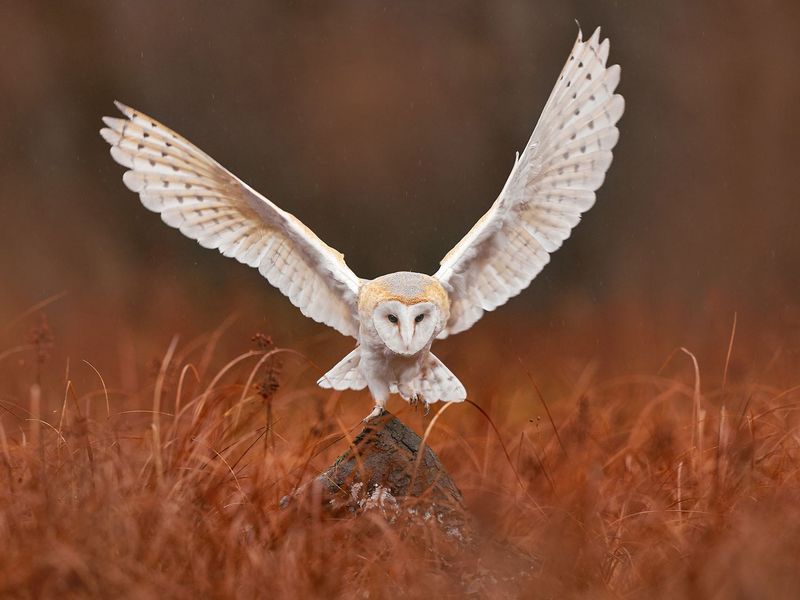
The agility of a barn owl in flight is a marvel to behold. With a wingspan that allows for tight turns and rapid maneuvers, these birds can navigate through dense forests with ease. This impressive agility is crucial for chasing swift or evasive prey, enabling the owl to weave through obstacles with precision. The barn owl’s flight is a dynamic display of grace and control, its movements a seamless blend of power and elegance. This agility not only aids in hunting but also in avoiding potential threats, ensuring its survival in the wild.
Camouflaged Plumage
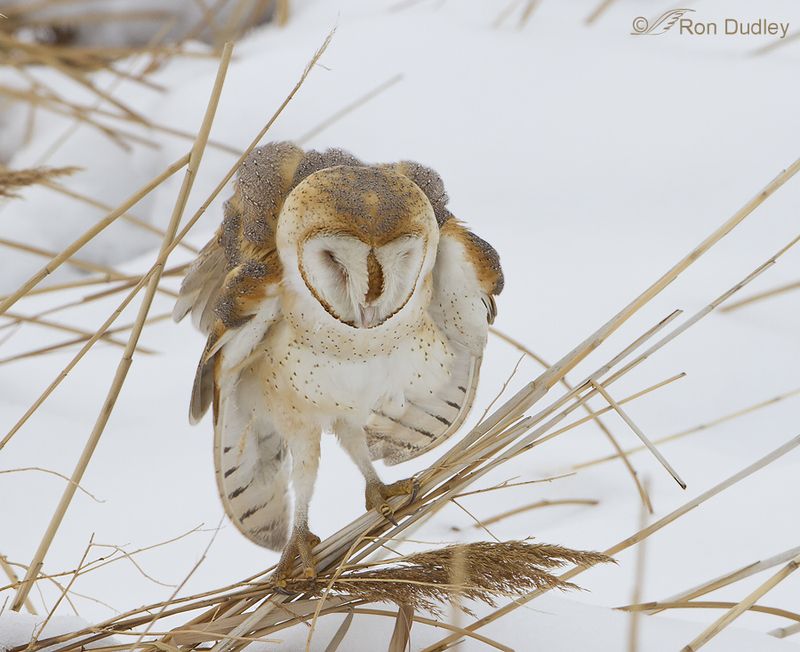
The barn owl’s plumage is a masterstroke of natural camouflage. Its muted colors and patterns enable it to blend seamlessly with its surroundings, making it nearly invisible to both prey and predators. This effective camouflage is especially beneficial during daylight hours when the owl rests. By remaining hidden, it avoids potential threats and conserves energy for nocturnal hunting. The barn owl’s plumage is not just for show; it’s a critical component of its survival strategy, allowing it to go unnoticed in the varied landscapes it inhabits.
Incredible Speed
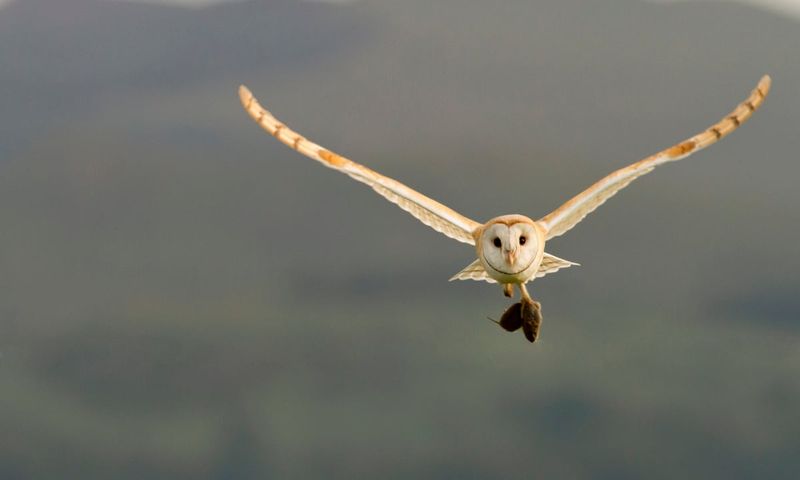
Speed is a vital asset in the barn owl’s hunting arsenal. When the moment calls for it, these owls can accelerate rapidly, closing the gap between them and their prey with astonishing quickness. This burst of speed is often the deciding factor in a hunt, allowing the owl to catch even the most agile of creatures. The barn owl’s streamlined body and powerful wings contribute to its swift acceleration, ensuring it remains a top predator. This incredible speed is not just for the chase; it’s an essential part of its predatory strategy, securing its place as a feared hunter.
Intuitive Hunting Strategy

The barn owl’s hunting strategy is an intuitive blend of skill and instinct. It observes, listens, and plans its approach, taking into account the terrain and the behavior of its prey. This strategic planning is what sets it apart from other hunters, allowing it to adapt to varying conditions and prey types. By using an intuitive approach, the barn owl can anticipate movements and make split-second decisions, enhancing its success rate. It’s a brilliant synthesis of experience and natural instinct, ensuring its continued dominance in the nocturnal world.

